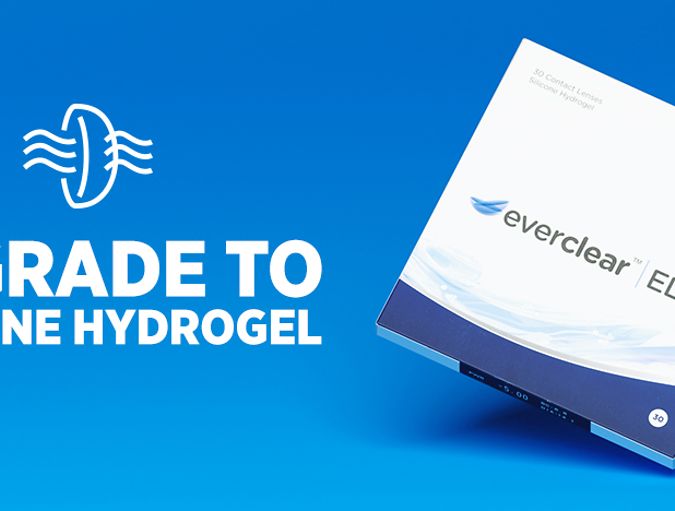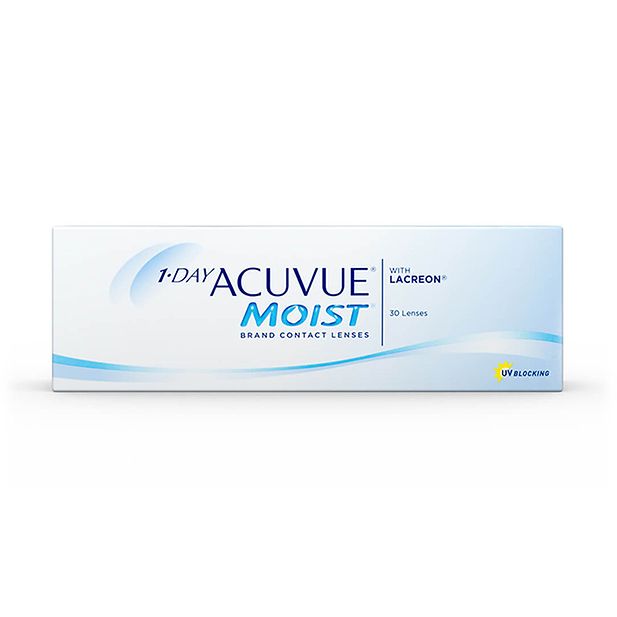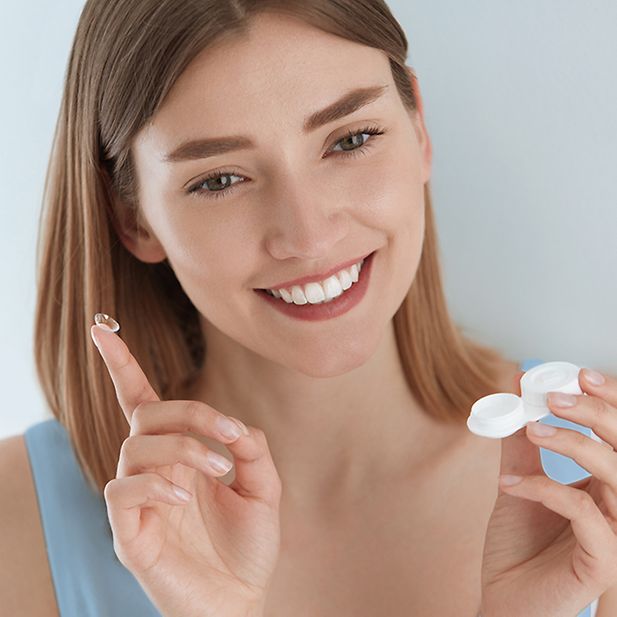What are silicone hydrogel contact lenses?

What are silicone hydrogel contact lenses?

'Silicon' or 'Silicone' hydrogel lenses?
Silicone hydrogel lenses: benefits
Silicone hydrogel lenses: allergic responses
Silicone hydrogel lenses: keratitis

How to know if silicone hydrogel lenses are right for you
Related links
• everclear ELITE free contact lens trial
• Silicone hydrogel contact lenses
• Free eye test
• Eye conditions explained